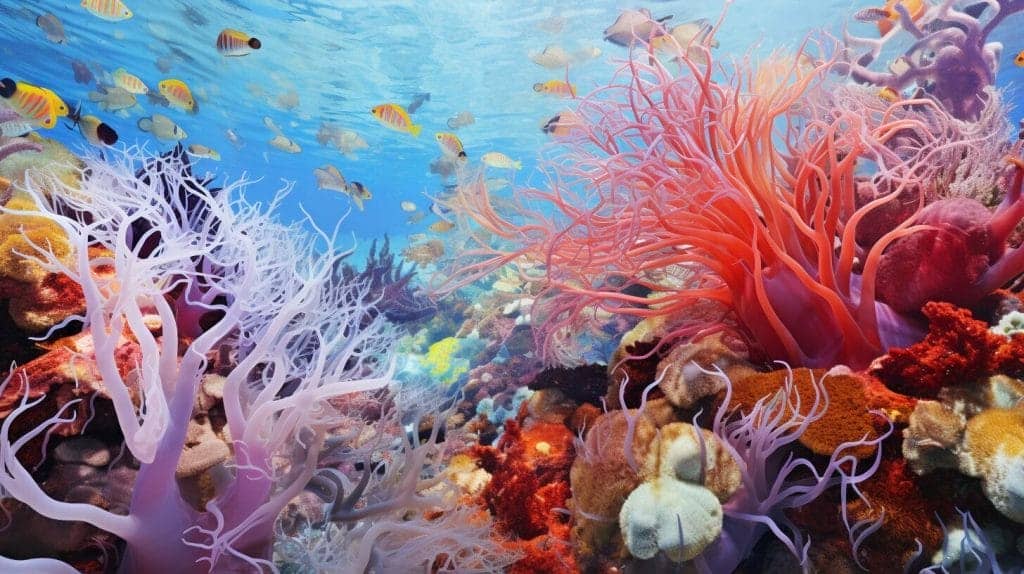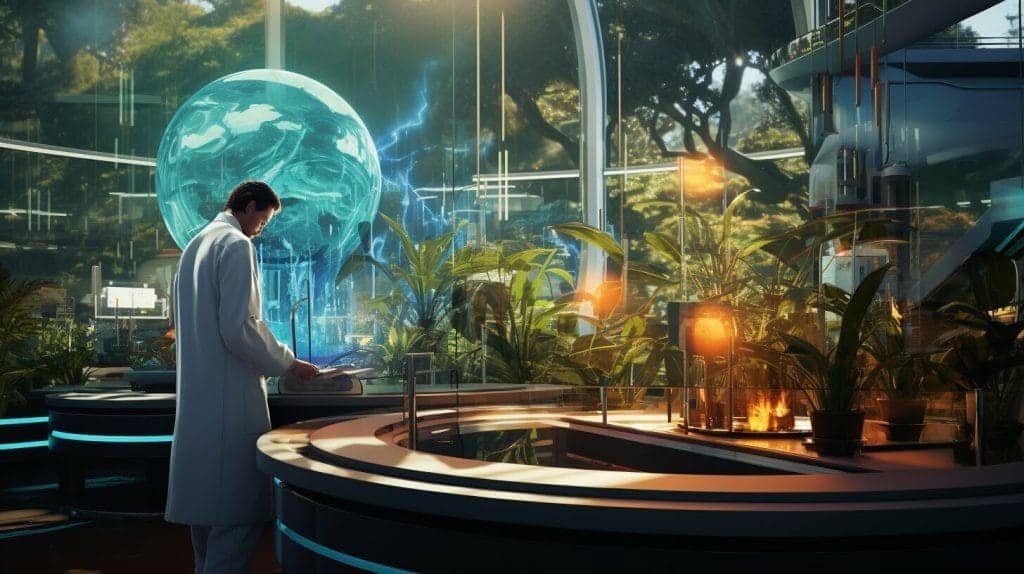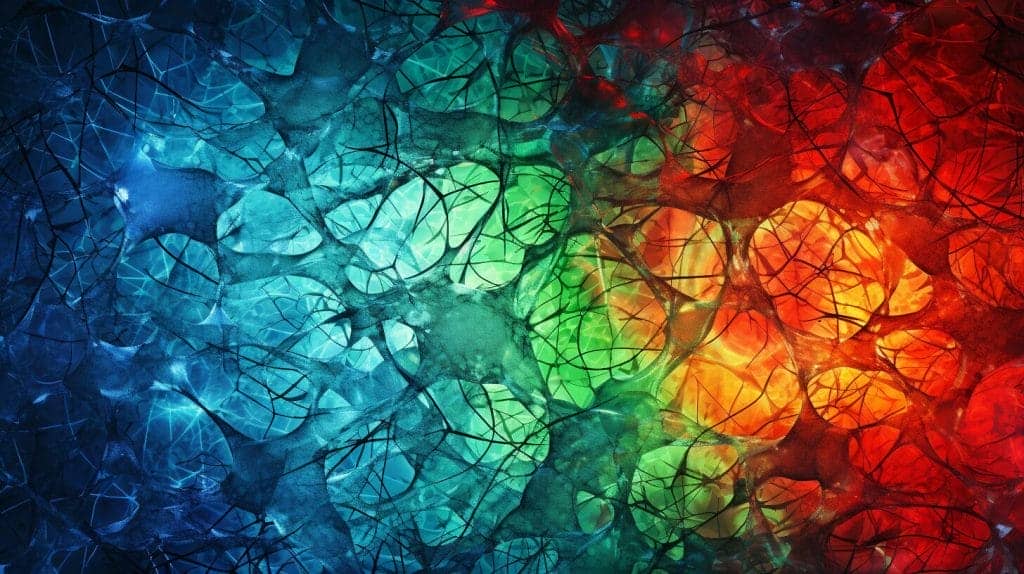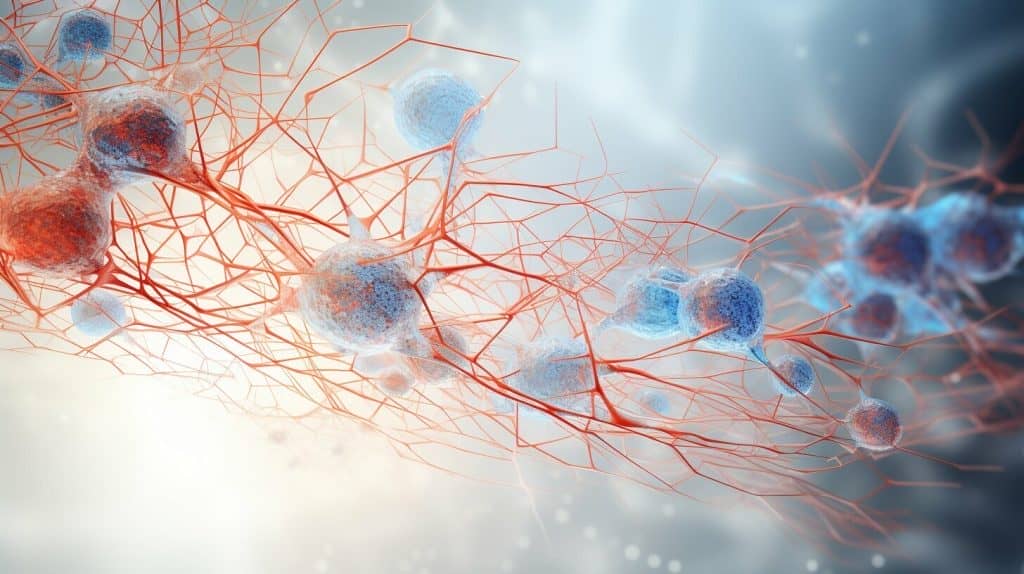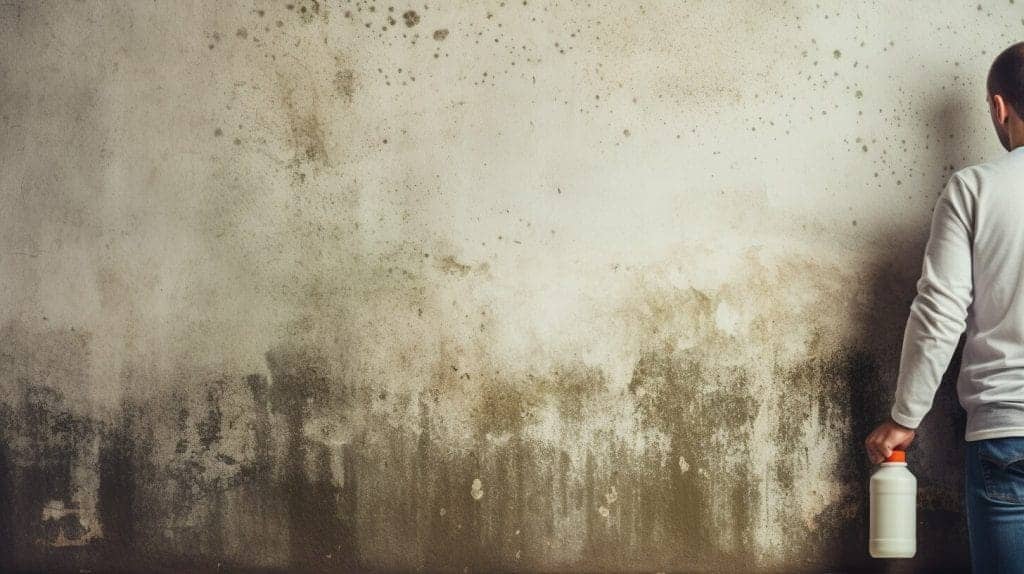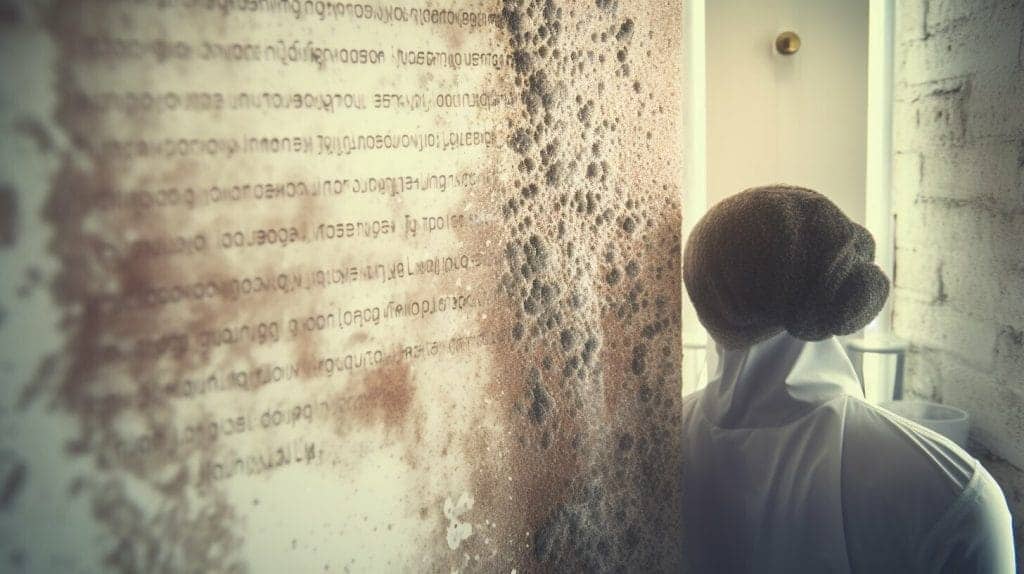Have you ever noticed a slippery film coating your showerhead or the slimy layer on rocks in a stream? That’s biofilm! Biofilm is a complex community of microorganisms, such as bacteria, fungi, and algae, that stick to surfaces and form a protective layer of extracellular substances.
Biofilm plays a vital role in various ecosystems, but it can also lead to health complications, including infections. In this article, we’ll explore the formation, structure, and role of biofilm in nature, as well as its impact on human health and available treatment options. We’ll also delve into preventive measures to avoid biofilm formation and answer common questions related to biofilm. So, what is biofilm? Let’s find out!
The Formation of Biofilm
Biofilm is a complex community of microorganisms that attach themselves to surfaces and develop into highly organized structures. But how do these communities form?
The Initial Attachment Stage
The first stage of biofilm formation is the initial attachment stage. During this stage, microorganisms such as bacteria attach to a surface through a process called adhesion. Adhesion occurs when the microorganisms produce adhesins or other sticky molecules, which allow them to attach to a surface.
The Replication Stage
Once the microorganisms have successfully attached to a surface, they start to replicate. This is the second stage of biofilm formation. During this stage, the microorganisms reproduce and form colonies. The colonies can grow rapidly and can reach a critical mass called the “quorum.”
The Quorum Sensing Stage
Once the quorum is reached, the microorganisms start to communicate with each other through a process called quorum sensing. Quorum sensing molecules are produced and released by the microorganisms, which allow them to communicate and coordinate their activities. This is the third stage of biofilm formation.
Through quorum sensing, the microorganisms can coordinate the production of extracellular matrix, which is a sticky substance that helps to anchor the community to a surface. The extracellular matrix also helps to protect the community from harmful environmental conditions.
Understanding Biofilm Structure
Biofilm is a complex structure that consists of microorganisms, extracellular polymeric substances (EPS), and water. The matrix of EPS provides a protective layer for the microorganisms living within it. The EPS matrix is composed of various organic and inorganic molecules such as proteins, polysaccharides, nucleic acids, and lipids.
The structure of biofilm varies depending on the microorganisms present, their interactions, and the environmental conditions. The microorganisms in biofilm communicate with each other through a process called quorum sensing. This allows them to coordinate their behavior and adapt to their surroundings.
Composition of Biofilm
The composition of biofilm is heterogeneous. Microorganisms living in biofilm are embedded within an extracellular matrix of EPS that they produce. The matrix can contain water, proteins, polysaccharides, and DNA. Additionally, minerals and nutrients from the surrounding environment can also become incorporated into the matrix.
The EPS matrix serves to protect the microorganisms living within it. The matrix can also serve as a reservoir for nutrients and other molecules. The structure and composition of biofilm make it difficult to eliminate, leading to the persistence of many infections.
Formation of Biofilm Layers
Biofilm formation typically occurs in four stages: attachment, colonization, growth, and detachment. The first stage, attachment, involves the initial adhesion of microorganisms to a surface. This can occur through various mechanisms such as flagella, fimbriae, or extracellular adhesives.
In the second stage, colonization, the microorganisms begin to secrete EPS that serves as a protective layer. In the growth stage, the biofilm becomes denser as more microorganisms proliferate and secrete more EPS.
The final stage, detachment, involves the release of microorganisms from the biofilm. This can occur through the disruption of the matrix or natural shedding. Detached microorganisms can go on to form new biofilms elsewhere.
Understanding the structure and composition of biofilm is crucial to developing effective treatment strategies. Removing biofilm is a significant challenge due to its protective matrix, but ongoing research is shedding light on new approaches for biofilm removal and prevention.
Exploring the Role of Biofilm in Nature
Biofilm is a crucial component in many ecosystems, playing a fundamental role in several natural processes. One of the most prominent ways biofilm impacts the environment is through its ability to regulate the quality of water sources. Biofilm is typically found in water bodies, where it forms a vital filtration system. As water passes through the biofilm, the microbes within it help to remove pollutants and other harmful substances, purifying the water and making it safe for consumption by various aquatic organisms.
Biofilm also contributes to the decomposition of organic material in the environment, playing an essential role in soil formation. The organisms within biofilm are responsible for breaking down dead organic matter, allowing it to be absorbed back into the soil and used by other living organisms. Without biofilm, the process of soil formation and nutrient cycling would be significantly impacted.
Moreover, biofilm plays a crucial role in the functioning of coral reefs, a diverse and essential ecosystem. Coral reefs host a biodiverse array of species, and the survival of this ecosystem is, in large part, dependent on the presence of biofilm. The microbes within biofilm serve as a food source for numerous reef organisms, while also aiding in the breakdown of organic matter within the reef system.
Impact of Biofilm on Human Health
Biofilm is not always harmless. In fact, it can be a major concern for human health. When bacteria form biofilms on medical devices, it can lead to infections and complications that are difficult to treat. Biofilms can also develop on teeth and gums, leading to dental infections and cavities. Additionally, biofilms can grow in pipes and water systems, leading to Legionnaires’ disease, a severe form of pneumonia.
How can Biofilm Lead to Infections?
Biofilms are notorious for being resistant to traditional antibiotics. They create a protective coating that shields bacteria from the immune system and prevents drugs from penetrating the film. As a result, infections caused by biofilms can be difficult to diagnose and treat.
Moreover, biofilms are known for their ability to facilitate the transfer of genetic material between bacteria. This trait can enable bacteria to develop antibiotic resistance, making it even more difficult to treat infections caused by biofilms.
How to Detect Biofilm Infections?
Biofilm infections can be difficult to detect and diagnose. In many cases, symptoms may not become evident until the infection has become severe. Common symptoms of biofilm infections include the following:
- Fever
- Chills
- Pain or discomfort
- Redness or swelling
- Discharge or drainage from an infected site
If you experience any of these symptoms, seek medical advice immediately.
Unraveling Biofilm-Related Diseases
Biofilm-related diseases are a growing concern in the healthcare industry. These diseases are caused by bacteria that grow on surfaces and form a protective biofilm layer. Once the biofilm is established, it becomes extremely difficult to remove, and the bacteria can invade surrounding tissues.
Examples of Biofilm-Related Diseases
Some of the most common biofilm-related diseases include:
- Dental plaque and gum disease
- Chronic wounds and infections
- Cystic fibrosis lung infections
- Endocarditis
These diseases can lead to severe health complications, such as tissue damage, organ failure, and even death.
Treatment Options
Traditional antibiotic treatments are often ineffective against biofilm-related diseases because the biofilm layer protects the bacteria from antibiotics. Therefore, alternative treatment options are required to effectively treat these diseases.
Some of the most promising treatments include:
- Antimicrobial peptides
- Bacteriophages
- Enzymatic biofilm disruptors
- Quorum sensing inhibitors
These treatments have shown promising results in laboratory studies, but further research is needed to determine their effectiveness in treating biofilm-related diseases in humans.
Prevention Strategies
The best way to prevent biofilm-related diseases is to avoid biofilm formation in the first place. The following strategies can help:
- Proper hand hygiene
- Frequent cleaning and disinfection of surfaces
- Use of antimicrobial coatings and surfaces
- Proper wound care
- Early intervention and treatment of infections
By implementing these preventive measures, individuals can reduce their risk of developing biofilm-related diseases and promote overall health and well-being.
Biofilm Prevention: Tips and Strategies
Prevention is key when it comes to avoiding biofilm formation. Here are some tips and strategies:
- Regular cleaning: Consistently clean and sanitize surfaces, equipment, and instruments to prevent biofilm buildup.
- Use antimicrobial products: Incorporate antimicrobial products into your cleaning routine to help prevent microbial growth and biofilm formation.
- Monitor pH levels: Maintain proper pH levels in water systems to prevent the growth of bacteria and biofilm.
- Control temperature: Keep water temperatures within a safe range to prevent biofilm formation.
Additionally, it’s essential to address any issues with leaks or stagnant water to prevent biofilm growth. Implementing these preventative measures can help reduce the risk of biofilm formation and subsequent health complications.
Biofilm Removal Techniques
Biofilm removal is a complex process that requires careful consideration to avoid further complications. Several techniques have been developed to address this issue, which can be broadly classified into physical, chemical, and biological methods. Each of these techniques has its own set of advantages and disadvantages.
Physical Methods:
Physical methods involve the use of mechanical force or energy to remove biofilm. Some of the most commonly used physical methods include:
| Technique | Description |
|---|---|
| Scraping | Scraping with a sharp tool or blade can be effective in removing biofilm from hard surfaces. |
| Mechanical Disruption | High-pressure water jets or ultrasonic waves are used to disrupt the biofilm matrix and remove it from the surface. |
| Heat Treatment | Exposing the biofilm to high temperatures (60-80°C) can induce thermal shock, causing the matrix to disintegrate. |
Chemical Methods:
Chemical methods involve the use of chemicals or compounds to dissolve or disrupt the biofilm matrix. Some of the most commonly used chemical methods include:
| Chemical Compound | Description |
|---|---|
| Chlorine | Clorine is an effective disinfectant that can destroy biofilm by oxidizing the organic matter. |
| Hydrogen Peroxide | Hydrogen peroxide can break down the biofilm matrix and inhibit bacterial growth. |
| Enzymes | Enzymes can degrade the extracellular polymeric substance (EPS) of biofilm, causing it to disintegrate. |
Biological Methods:
Biological methods involve the use of bacteria or other microorganisms to remove biofilm. Some of the most commonly used biological methods include:
| Method | Description |
|---|---|
| Bioremediation | Bioremediation involves the use of bacteria or other microorganisms to break down the biofilm matrix and degrade the organic matter. |
| Bacteriophages | Bacteriophages are viruses that infect bacteria, causing them to lyse and disintegrate the biofilm. |
| Quorum Quenching | Quorum quenching involves the use of enzymes or other compounds to disrupt bacterial communication, preventing biofilm formation. |
It is important to note that these methods may not completely eliminate biofilm and may require repeated applications for optimal results. Therefore, it is essential to choose the appropriate method based on the type and severity of the biofilm.
Importance of Biofilm Research
Biofilm is a complex and versatile phenomenon that has intrigued scientists and researchers for decades. It has become increasingly evident that biofilm plays a vital role in our daily lives, affecting everything from our health and well-being to the functioning of the ecosystem. Thus, current research on biofilm is crucial in advancing our understanding of this phenomenon and unlocking its potential.
With the growing realization of the importance of biofilm, researchers are continuously exploring new techniques and technologies to uncover its secrets. This research primarily focuses on the structure, formation, and function of biofilm, as well as methods to prevent, manage, and eliminate it. Understanding the mechanics of biofilm helps develop new strategies and treatments to control its growth and mitigate the impact on human health and the environment.
Scientists and researchers are leveraging various methods and technologies to study biofilm, including imaging techniques, gene sequencing, and high-throughput screening. These techniques help researchers to understand the underlying genetics, biological processes, and molecular mechanisms that enable the formation and functioning of biofilm.
Case Studies: Real-Life Examples of Biofilm
There are numerous real-life examples where biofilms have caused significant problems, ranging from equipment wear and tear to severe infections. Here are a few noteworthy cases:
| Case | Description |
|---|---|
| The Columbia Space Shuttle Disaster | The Columbia Space Shuttle disaster in 2003 was caused by a small piece of foam that fell off the external tank during takeoff, damaging the shuttle’s left wing. Analysis revealed that a biofilm growing on the foam had weakened it, leading to its detachment. |
| Contaminated Medical Devices | In 2014, an outbreak of antibiotic-resistant bacteria occurred in a California hospital, linked to contaminated medical scopes. The scopes were found to have biofilm build-up, which made them difficult to disinfect properly before reuse. |
| Dental Plaque | Dental plaque is a biofilm that forms on teeth. When left untreated, it can cause tooth decay, gum disease, and tooth loss. Regular brushing, flossing, and dental cleanings can help prevent its formation. |
Frequently Asked Questions about Biofilm
As biofilm is a complex topic, it is only normal for individuals to have questions. Here are some of the most frequently asked questions about biofilm and their answers.
What are the most common bacteria found in biofilm?
While there are various types of bacteria found in biofilm, the most common ones include Streptococcus mutans, Staphylococcus aureus, and Pseudomonas aeruginosa, among others.
Is biofilm the same as plaque?
Plaque is a type of biofilm that forms on teeth and is caused by the accumulation of bacteria, saliva, and food particles.
Can biofilm cause infections?
Yes, biofilm can lead to infections in different parts of the body, such as urinary tract infections, respiratory infections, and wound infections, among others.
How can biofilm be prevented?
The most effective way to prevent biofilm formation is to maintain good hygiene practices, such as regular teeth brushing, washing hands, and disinfecting surfaces.
Is there a cure for biofilm-related diseases?
While there is no specific cure for biofilm-related diseases, treatments such as antibiotics, antifungals, and surgery, among others, can help manage the infections.
Can biofilm be removed completely?
Removing biofilm completely can be challenging. However, there are several methods, such as physical removal and chemical treatments, that can reduce biofilm formation and help manage the infections.
Dr. Francisco Contreras, MD is a renowned integrative medical physician with over 20 years of dedicated experience in the field of integrative medicine. As the Medical Director of the Oasis of Hope Hospital in Tijuana, Mexico, he has pioneered innovative treatments and integrative approaches that have been recognized globally for the treatment of cancer, Lyme Disease, Mold Toxicity, and chronic disease using alternative treatment modalities. Dr. Contreras holds a medical degree from the Autonomous University of Mexico in Toluca, and speciality in surgical oncology from the University of Vienna in Austria.
Under his visionary leadership, the Oasis of Hope Hospital has emerged as a leading institution, renowned for its innovative treatments and patient-centric approach for treating cancer, Lyme Disease, Mold Toxicity, Long-Haul COVID, and chronic disease. The hospital, under Dr. Contreras's guidance, has successfully treated thousands of patients, many of whom traveled from different parts of the world, seeking the unique and compassionate care the institution offers.
Dr. Contreras has contributed to numerous research papers, articles, and medical journals, solidifying his expertise in the realm of integrative medicine. His commitment to patient care and evidence-based treatments has earned him a reputation for trustworthiness and excellence. Dr. Contreras is frequently invited to speak at international conferences and has been featured on CNN, WMAR2 News, KGUN9 News, Tyent USA, and various others for his groundbreaking work. His dedication to the medical community and his patients is unwavering, making him a leading authority in the field.
Contreras has authored and co-authored several books concerning integrative therapy, cancer, Lyme Disease and heart disease prevention and chronic illness, including "The Art Science of Undermining Cancer", "The Art & Science of Undermining Cancer: Strategies to Slow, Control, Reverse", "Look Younger, Live Longer: 10 Steps to Reverse Aging and Live a Vibrant Life", "The Coming Cancer Cure Your Guide to effective alternative, conventional and integrative therapies", "Hope Medicine & Healing", "Health in the 21st Century: Will Doctors Survive?", "Healthy Heart: An alternative guide to a healthy heart", “The Hope of Living Cancer Free”, “Hope Of Living Long And Well: 10 Steps to look younger, feel better, live longer” “Fighting Cancer 20 Different Ways”, "50 Critical Cancer Answers: Your Personal Battle Plan for Beating Cancer", "To Beat . . . Or Not to Beat?", and “Dismantling Cancer.”

